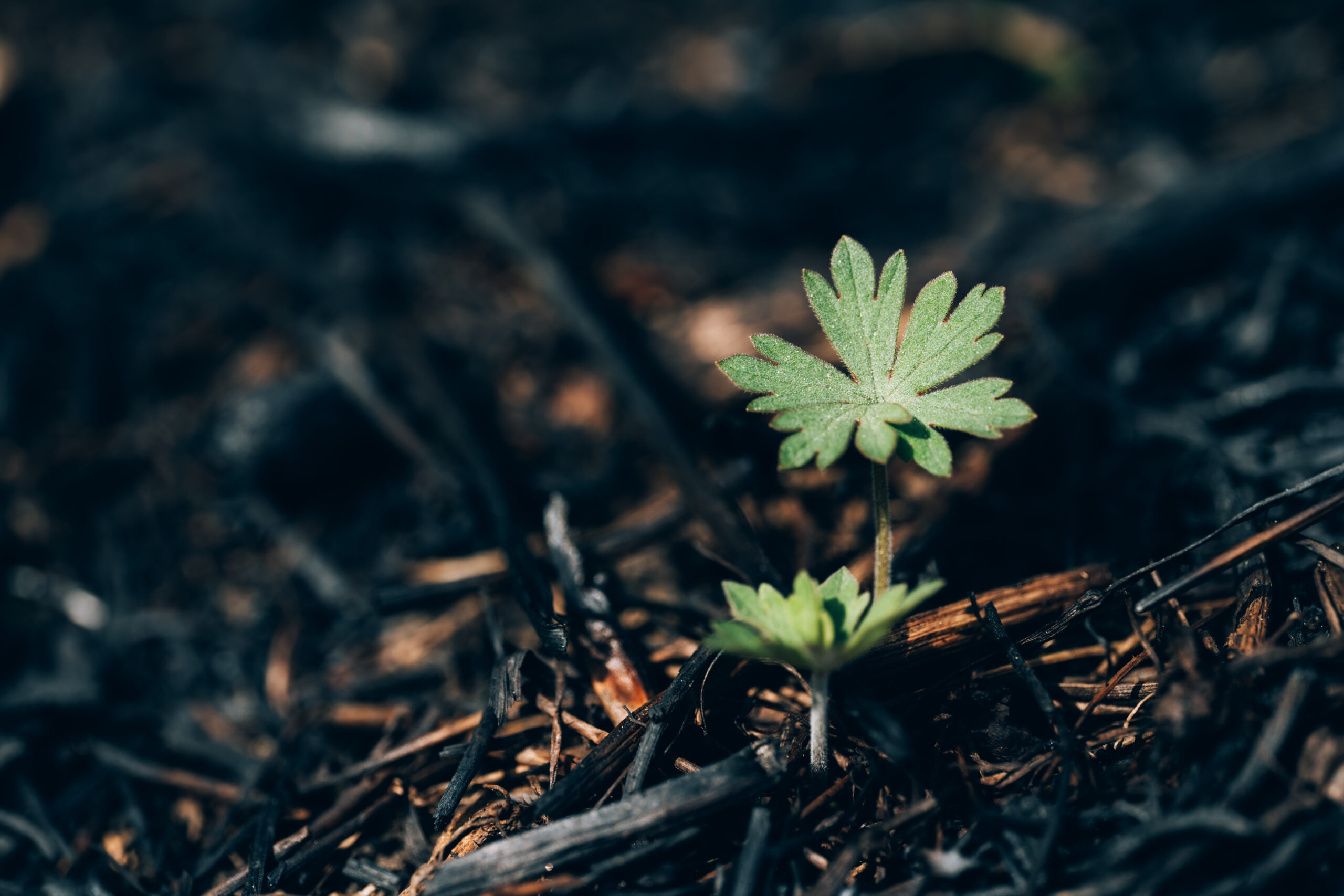New research suggests that trauma exposure can lead to significant changes in the brain, making…

Growth After Trauma
For many individuals who have overcome trauma, she has discovered positive transformations as well—such as a renewed appreciation for life, an enhanced sense of personal strength, and a fresh commitment to supporting others.
Post-traumatic growth (PTG) is a concept that describes the transformation that can occur following trauma. Introduced by psychologists Richard Tedeschi, PhD, and Lawrence Calhoun, PhD, in the mid-1990s, this theory suggests that individuals who face psychological challenges after adversity often experience positive growth afterward.
“People gain new insights about themselves, their surroundings, their relationships, potential futures, and a deeper understanding of how to navigate life,” explains Tedeschi. How has recent research enhanced our understanding of this phenomenon? Let’s explore the latest advancements in this field.
To assess the degree of growth someone has experienced after trauma, psychologists utilize various self-report scales. One such tool created by Tedeschi and Calhoun is the Post-Traumatic Growth Inventory (PTGI), which identifies positive responses across five key areas:
- Appreciation of life.
- Relationships with others.
- New possibilities in life.
- Personal strength.
- Spiritual change.
The scale is undergoing revisions to include new elements aimed at broadening the “spiritual change” domain, according to Tedeschi. This adjustment is intended “to integrate additional existential themes that will appeal to those who are more secular,” as well as to represent cross-cultural variations in the understanding of spirituality.
Is it feasible to prepare individuals for post-traumatic growth (PTG) in anticipation of potential tragedy or trauma? According to Tedeschi, the answer is yes. He highlights that psychologists can help individuals recognize that PTG is a possibility for them and that it is a “fairly normal process” when trauma occurs. However, therapists often engage with clients not before adversity strikes, but afterward. In these situations, they can introduce the concept of PTG, but they must tread carefully. H’Sien Hayward, PhD, warns that therapists should avoid “jumping right into the possibility of growth,” as this can be perceived as downplaying someone’s pain, suffering, and the significance of their loss.
Hayward is cautious about promoting the potential for positive outcomes to her patients until they are ready to hear it. She prefers to wait for them to show “some positive reaction to the event.” Additionally, she guides patients in identifying what holds significance in their lives and assists them in planning activities related to these interests, such as spending more time with family or engaging in volunteer work. Tedeschi notes that traditional therapy for trauma survivors often provides quick fixes to help individuals return to daily routines, like sleep or work, but may fall short in offering a way of living that goes “beyond just getting by.” He emphasizes the need to focus on their life experiences and how meaningful, satisfying, and fulfilling they are. An example of a facility that embraces a nontraditional, post-traumatic growth (PTG) approach is Boulder Crest Retreat in Bluemont, Virginia. This private, donor-funded center offers free, weeklong nonclinical activities for veterans seeking recovery from combat-related stress. The program is primarily led by veterans who have experienced trauma and have found ways to grow. Veterans are encouraged to confront their past traumas while uncovering their inherent strengths, building connections with others, and ultimately discovering avenues to give back.



